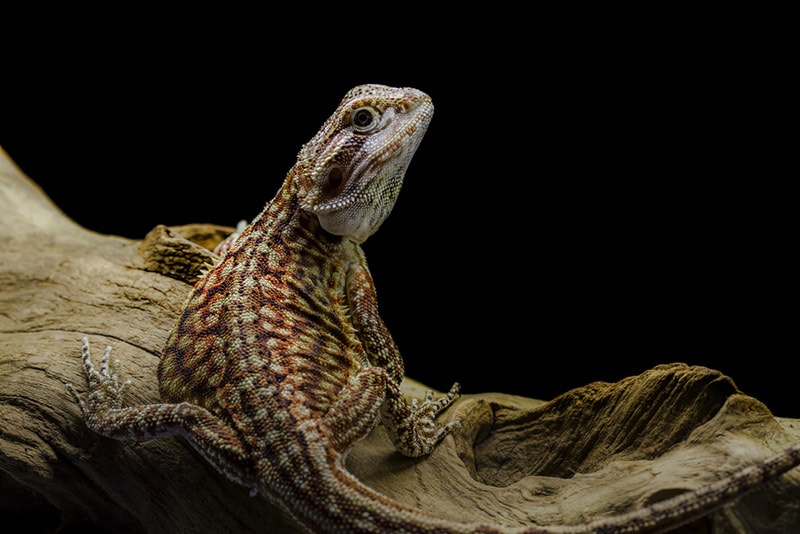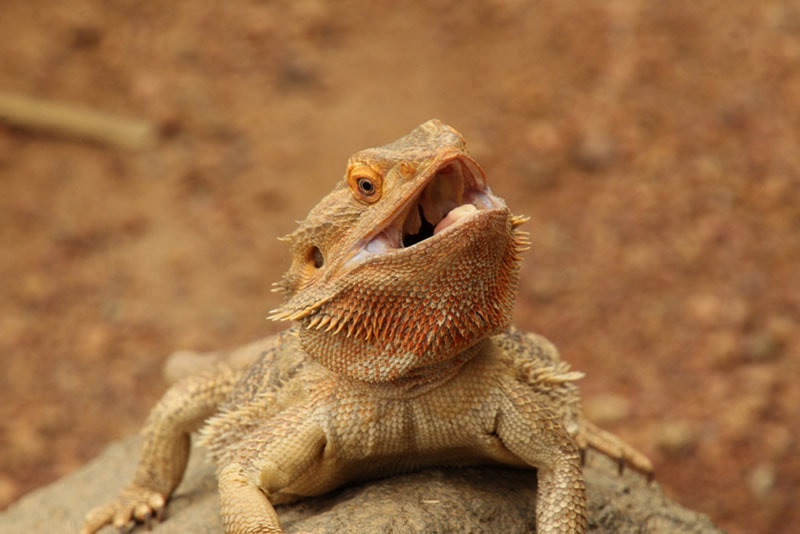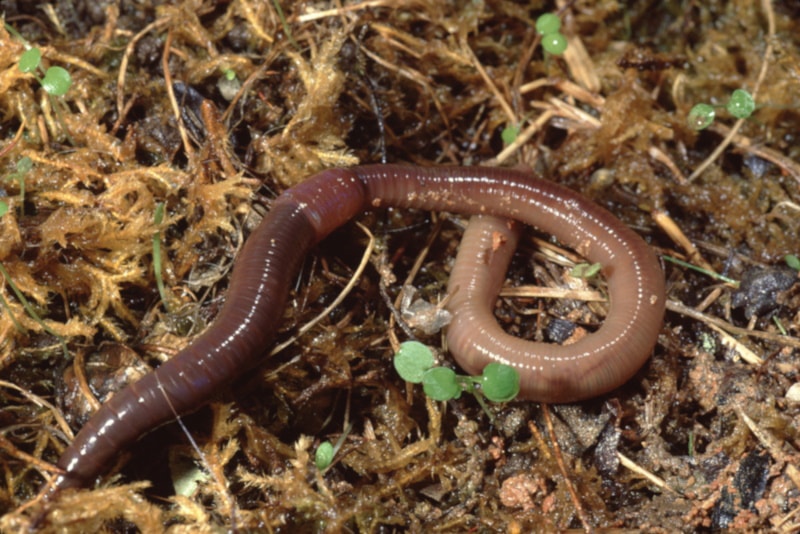Safe Live Plants for Bearded Dragons: 21 Vet-Approved Types (With Pictures)
Updated on
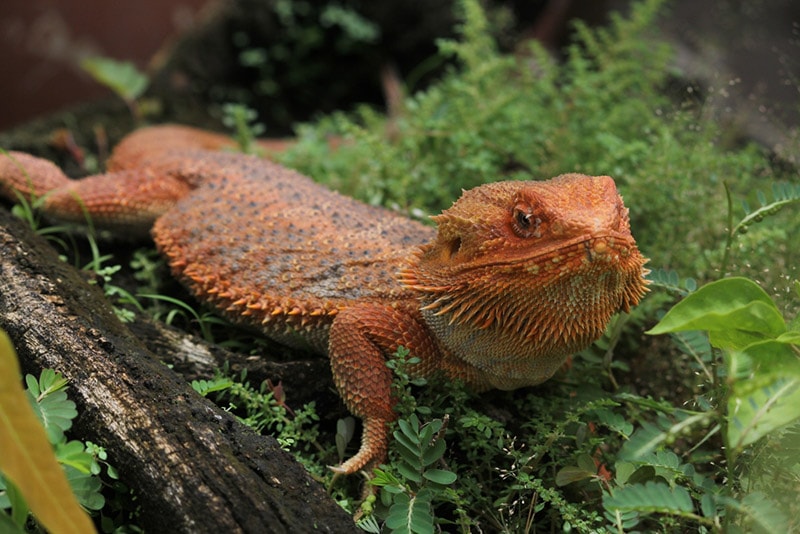
No pet is less enriched and satisfied with life than a bearded dragon stuck in a bare tank with a single piece of driftwood to keep it entertained. Captive reptiles need a lot of enrichment and stimulation to stay happy and healthy, and one way to provide that is by placing live plants in their enclosure.
Not only will a little greenery give your beardie something to explore and new, exciting tastes, but it will also make its enclosure feel a little more like its natural environment.
Read on to find 21 plants, flowers, and herbs you can grow in your bearded dragon’s enclosure.
Why Should I Put Live Plants in My Beardie’s Enclosure?
Your bearded dragon would benefit from a little live greenery in its enclosure for several reasons.
- Perching. Trees or strong plants often serve as perching and sleeping spots for wild bearded dragons.
- Shade. Beardies need shade in the wild and in captivity to help thermoregulate. Plants with large leaves can provide a great shady spot.
- Food. Bearded dragons need vegetables in their diet, and live plants will give them some nutrients while encouraging natural foraging activity.
- Hiding. Wild beardies need places to hide from predators, and some prefer having somewhere private to retreat.
- Natural habitat. A wild bearded dragon encounters many plants and trees in its natural environment. Live plants can help your captive beardie feel more “at home” and improve their quality of life.
The 21 Safe Live Plants to Grow in the Enclosure
1. Elephant Bush (Portulacaria afra)

The elephant bush is a small-leaved succulent bush that can grow to be rather large in the wild. In an enclosure environment, however, it can be pruned to an appropriate size. These plants grow quickly under ideal lighting and will give your beardie’s enclosure a natural and wild look. In addition, this sturdy plant provides a great spot for your beardie to bask and sleep once it’s had time to become established.
2. Aloe (Aloe barbadensis miller)
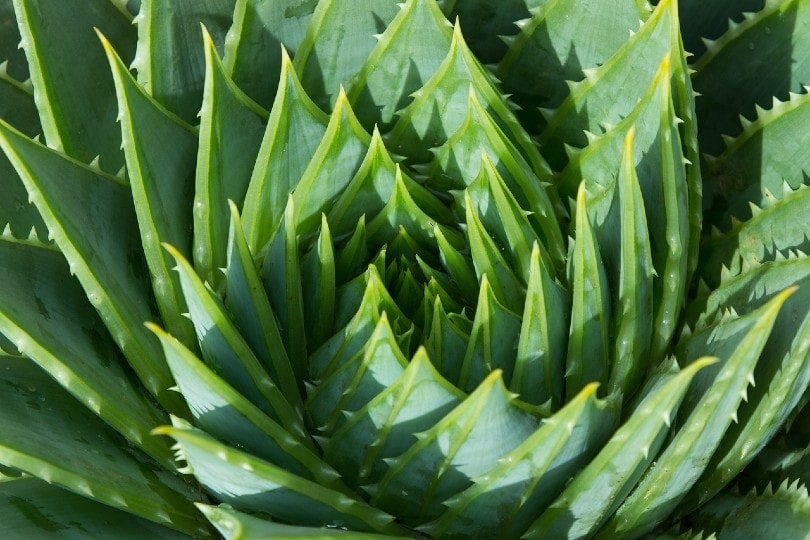
Aloe is extremely easy to grow and forgiving if you forget about it or your beardie stomps all over it. There are many varieties of aloe, and some can grow to be quite large. Keep an eye on your plant to ensure it doesn’t grow to take up too much space in your beardie’s habitat. Aloe is super easy to propagate, so if you notice that its leaves are getting too big, you can snip them off and replant them to sprout.
Aloe is safe if ingested, though its fibrous consistency may cause watery stools.
3. Haworthia (Haworthia limifolia var. striata)
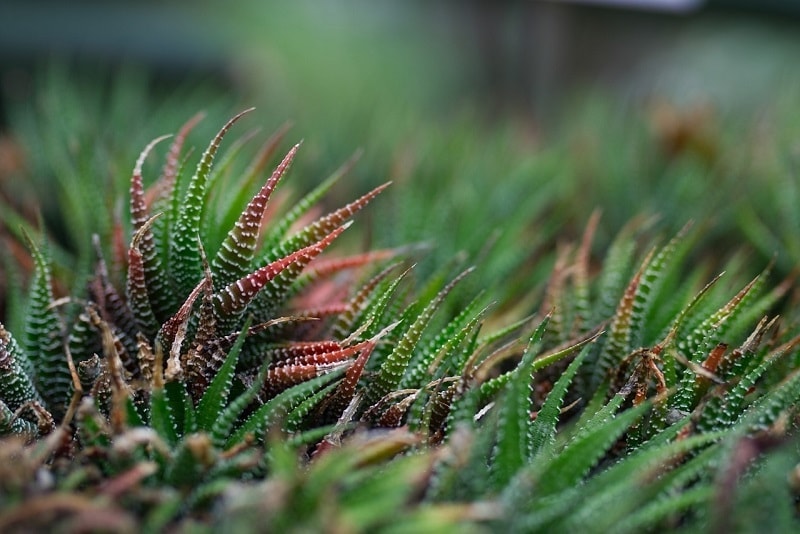
Haworthia plants are succulents that thrive in low-light conditions. These spiky plants won’t grow too big and do well in a substrate or a plant pot. Haworthia plants are hardy and don’t require much water, so they’re very easy to care for.
4. Echeveria (Echeveria elegans)
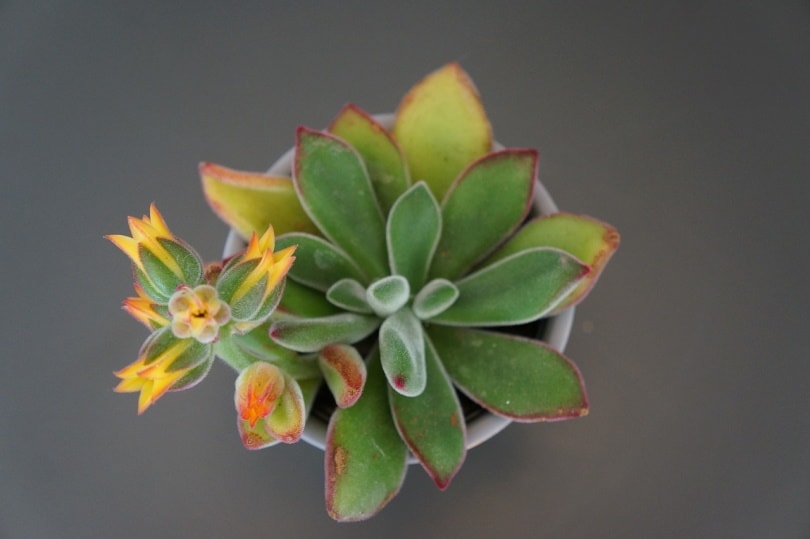
Echeveria succulents are easy to care for and propagate. They’re non-toxic if ingested, and their beautiful bloom-like appearance will add a little something-something to your beardie’s enclosure. This extremely hardy plant is simple to care for and keep alive.
5. Blushing Bride (Serruria florida)
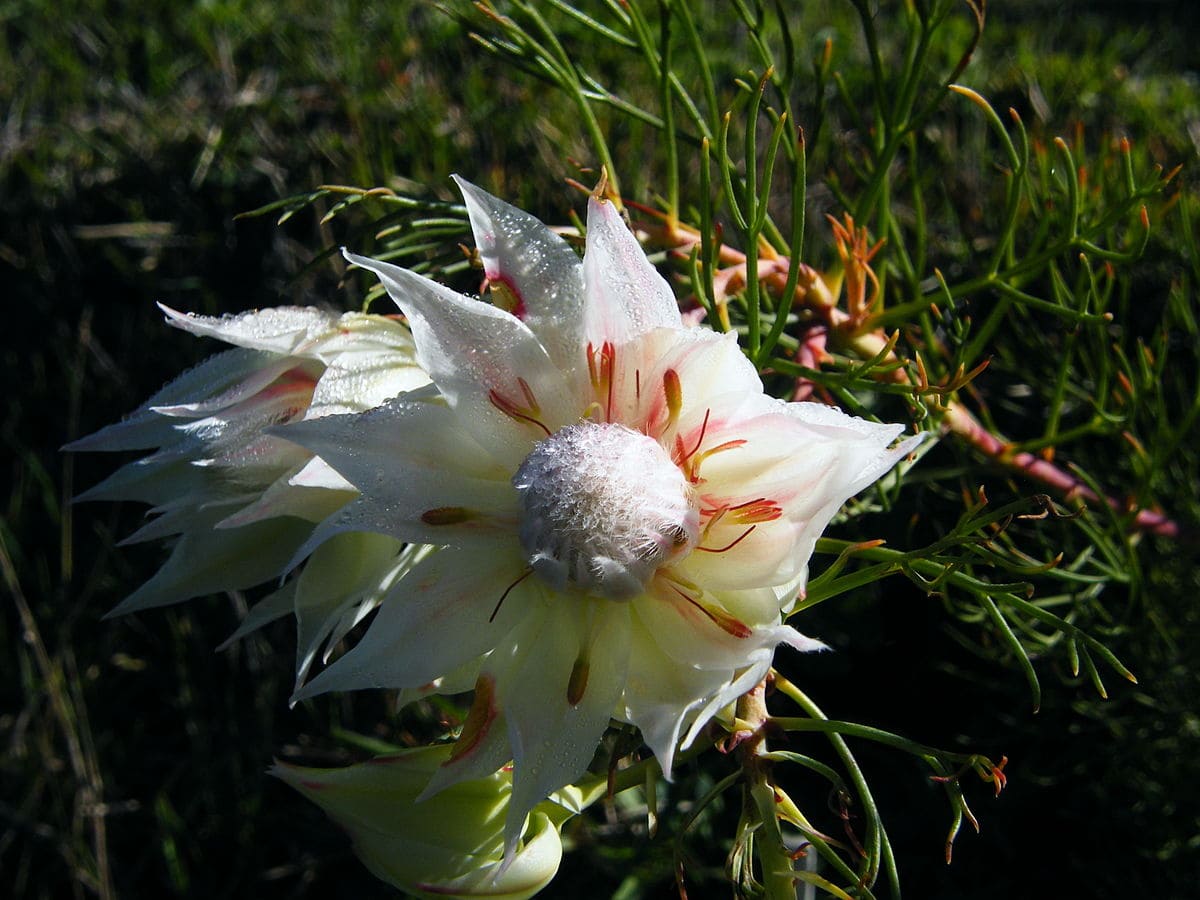
Blushing Bride is an air plant that’s easy to grow on a piece of wood in your beardie’s enclosure. This low-maintenance plant will pull moisture from the air in your pet’s tank to stay healthy. Give it a good misting every few weeks and it should do just fine. The plant is safe for your beardie if ingested and grows slowly, so it won’t overcrowd your tank.
6. Creeping Inch Plant (Callisia repens)

The creeping inch plant, or turtle vine, is a plant many reptiles enjoy eating. It’s relatively hardy and can be grown in your beardie’s enclosure with regular watering. Though the plant is compact, its small leaves are perfect for providing some ground coverage in your enclosure.
7. Resurrection Plant (Selaginella lepidophylla)

Resurrection plants, also known as the Rose of Jericho, are desert bushes native to Mexico. It’s very easy to care for and manage in a bearded dragon tank as it has adapted to survive in harsh desert conditions. Even if this plant completely dries out, it can survive for years in a dormant state, from which it can then be resurrected with a little water.
8. Nasturtium (Tropaeolum majus)

Nasturtium plants are fast growers that can thrive outdoors and indoors. Leave them in a pot when growing in your beardie’s tank but know that these flowering plants aren’t the hardiest and probably won’t last that long. Nasturtium is non-toxic and will add a touch of color to your enclosure.
9. Prayer Plant (Maranta leuconeura)
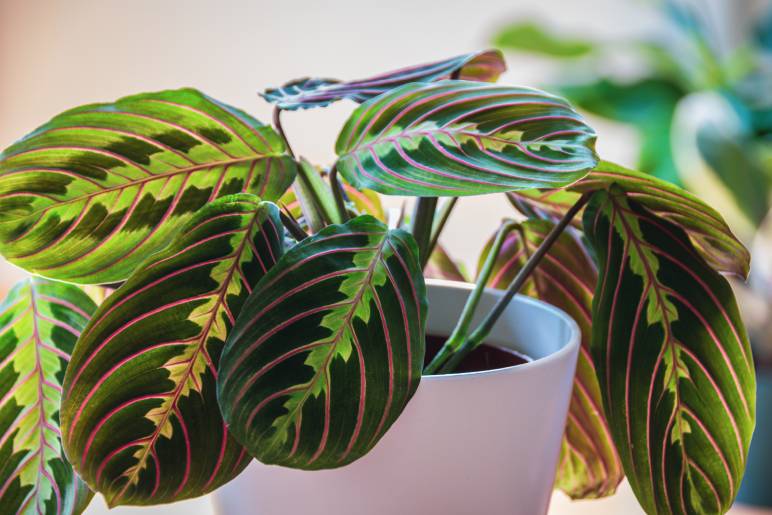
Prayer plants are common houseplants, but living in a terrarium gives them a breath of fresh air. These plants thrive in warm conditions and can grow to be quite large. As such, you might wish to use one as the centerpiece for your beardie’s tank.
10. Burro’s Tail Cactus (Sedum morganianum)

Burro’s tail cactus, sometimes known as Donkey’s Tail, is a non-poisonous succulent that’s simple to propagate. However, this isn’t a hardy plant, so you’ll need to give it extra care and attention to thrive. Too much exposure to sun or heat can burn this sensitive plant, so be purposeful with your placement of it.
11. Red Rooster Ornamental Grass (Carex buchananii)
Red rooster ornamental grass is one of the best plants you can put in your beardie’s enclosure, as it closely resembles the grasses in its natural environment. This grass is nice to look at and enriching for beardies as they love exploring its texture. However, it can grow to be very large, so you’ll need to trim it regularly.
12. Lithops (Lithops aucampiae)

Lithops, also known as living stones, are unique succulents that look exactly like their nickname suggests: rocks. They look so much like stones that they can easily be mistaken for them. This hardy succulent can survive in harsh conditions, so they’re great for your beardie’s enclosure.
13. Clover (Trifolium repens)
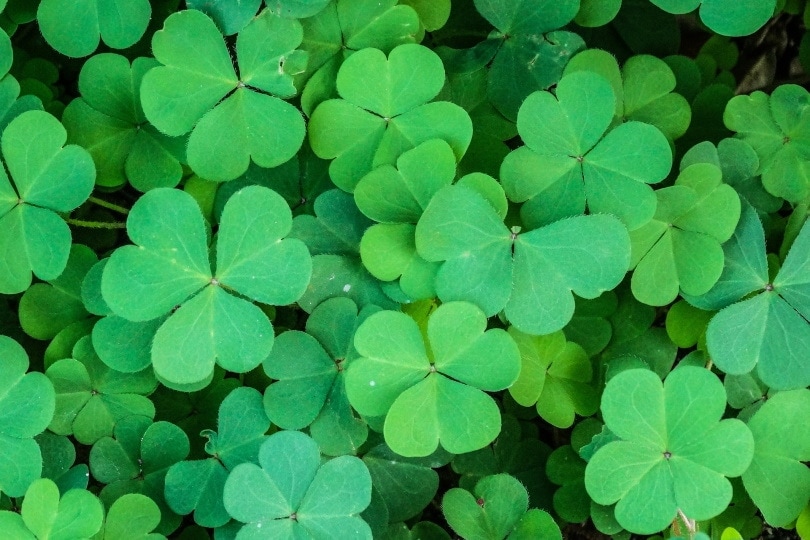
Clover is an edible plant that your beardie will enjoy munching on. It can be grown in a well-lit area of the enclosure in a small pot. Growing clover from seed is simple; it just needs a light misting every other day to continue thriving. This is often a short-lived plant, so don’t be discouraged if it doesn’t last long.
14. Prickly Pear Cactus (Opuntia basilaris p.)
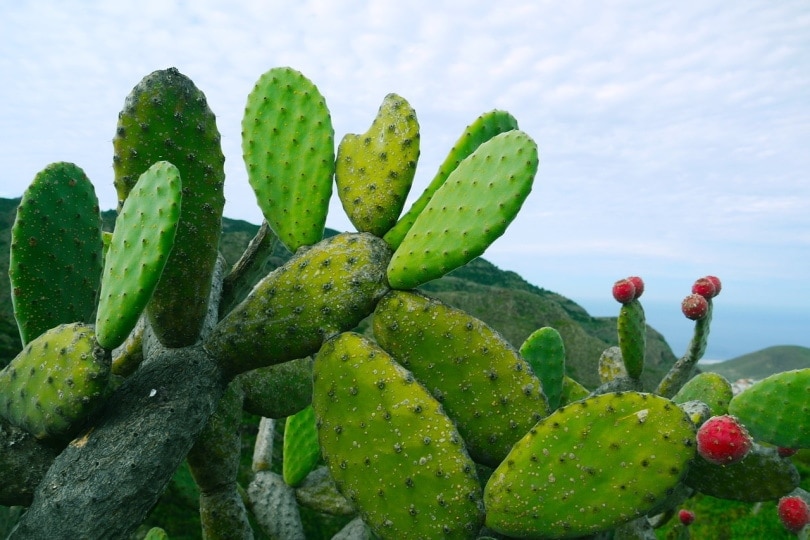
The prickly pear cactus is a nutritious and safe plant to grow in your beardie’s enclosure. This is something that wild bearded dragons have in their natural environment, so it’s perfect for your captive pet. In addition, this plant is high in calcium and moisture, making it a fantastic snack.
Additionally, since it has thick, protective skin, it’ll take some work for your beardie to get it down to the stump.
15. Rosella Hibiscus (Hibiscus sabdariffa)

The rosella hibiscus flowers and leaves make a great tasty treat for beardies, so growing an entire plant in your pet’s enclosure will provide it with an array of snacks and endless enrichment while it forages for food.
16. Waxvine (Hoya australis)

Waxvine is a fast-growing vine that can reach over 30 feet. You’ll need to trim it regularly to keep it under control while allowing it to provide your pet with the lush foliage it desires. Most beardies won’t eat waxvine but use it for enrichment purposes such as climbing and exploring. Plant your waxvine in the middle or towards the warmer side of the enclosure. Lightly mist it every other day and avoid getting the roots too wet.
17. Lemon Balm (Melissa officinalis)

Lemon balm is an aromatic herb that emits a nice lemon scent when its leaves are crushed or rubbed against. This plant can grow several feet high in optimal conditions, so you’ll need to keep it well-trimmed in your beardie’s tank. We recommend planting this on the cooler side of the enclosure.
18. Bromeliads (Bromeliaceae)
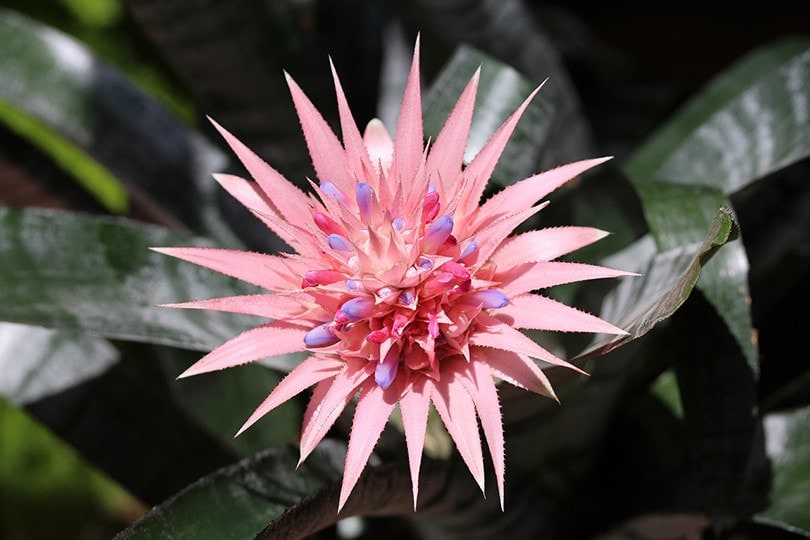
Bromeliads are beautiful colorful plants that can do well in enclosed environments like your beardie’s cage. They have a striking appearance that’ll make a statement and are easy to care for as they don’t need a lot of water. Its leaves are durable, so it can withstand your pet’s curious nibbles, but chances are your beardie won’t take a second bite as the leaves are too tough to be enjoyable.
19. Ponytail Palm (Beaucarnia recurvata)

Ponytail palms are a unique and long-lived plant that will thrive in your bearded dragon’s enclosure. Despite its name, this isn’t a palm tree but is related to desert plants like Joshua trees. Use fast-draining soil and place it in the brightest corner of the tank.
20. Spaghetti Agave (Agave geminiflora)
Spaghetti agave is a thick, grass-like plant that’s strong and long-lasting. Its spikes won’t break easily, making it a great option for adding enrichment to your beardie’s tank. Your pet will need to work for it to get a taste. This plant does well in high-temperature environments and is very drought-tolerant.
21. Herbs
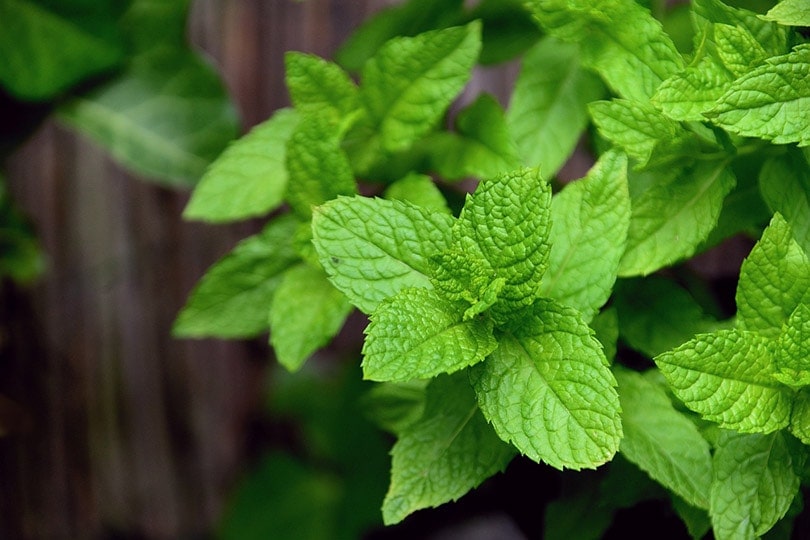
You can grow many different edible herbs in your beardie’s enclosure. Our favorites include basil, peppermint, oregano, dill, and thyme. We don’t recommend parsley as it’s high in oxalates or chives, which could be toxic. It’s worth noting that many herbs won’t fare well in high temperatures, so you may need to swap them out every few days to keep them healthy and producing.
Unsafe Plants for Bearded Dragons
Of course, not every plant will be safe to keep near your beardie. Some of the most dangerous plants to put in your pet’s enclosure include:
- Amaryllis
- Avocado
- Azaleas
- Chrysanthemums
- Juniper
- Laurel
- Milkweed
- Mistletoe
- Morning Glory
- Oleander
- Plum
- Poison Ivy
- Pothos
- Rhododendron
- Sage
- Skunk Cabbage
- Sweet Pea
- Wisteria
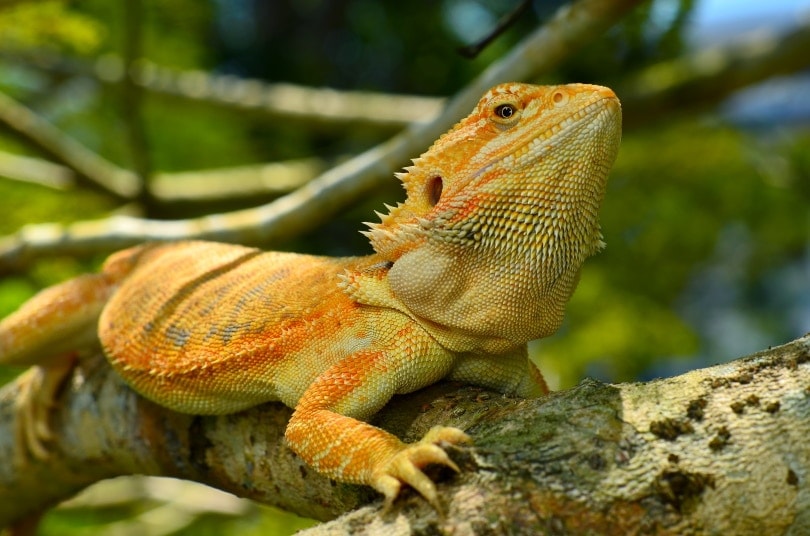
How to Grow Plants in Your Beardie’s Enclosure
Put Plants on the Right Side of the Enclosure
Your plants need to be in an environment where they’ll thrive to grow. You can’t expect to put a shade-loving plant in your bright enclosure and expect it to succeed. Ensure you put your plants in the temperature zone they need to grow.
Put Them in the Right Soil
The easiest way to grow plants in your enclosure is to plant them in your beardie’s substrate. This works particularly well for most succulents and hardy plants. Some plants will do best in small terracotta pots that you can place in the tank. Weigh down the pot by adding a few pebbles in the bottom before adding the soil and plant. This will hopefully prevent your beardie from knocking it over and making a mess. If you don’t like the look of the pots, bury them in the substrate.
Check for Chemicals and Pesticides
Never assume that the plants you buy are completely chemical or pesticide-free. For example, some nurseries and big box stores use chemical fertilizers when treating their plants. While this treatment is great for keeping the plant happy and healthy, it’s not safe for bearded dragons.
Instead, buy your plants from all-natural-focused nurseries or directly from sellers who specialize in plants for reptiles.
Conclusion
Live plants can add style and enrichment to your beardie’s enclosure. However, remember to always err on the side of caution when choosing plants. You shouldn’t put anything in the tank if you’re not 100% sure it’s safe if your dragon were to ingest it because let’s be real, chances are it will at least want a nibble or two of its new greenery. You also need to make sure the plants don’t grow too large and shade too much of the enclosure, and keep a close check on the humidity levels.
Featured Image Credit: Wisnu Bangun Saputro, Shutterstock


